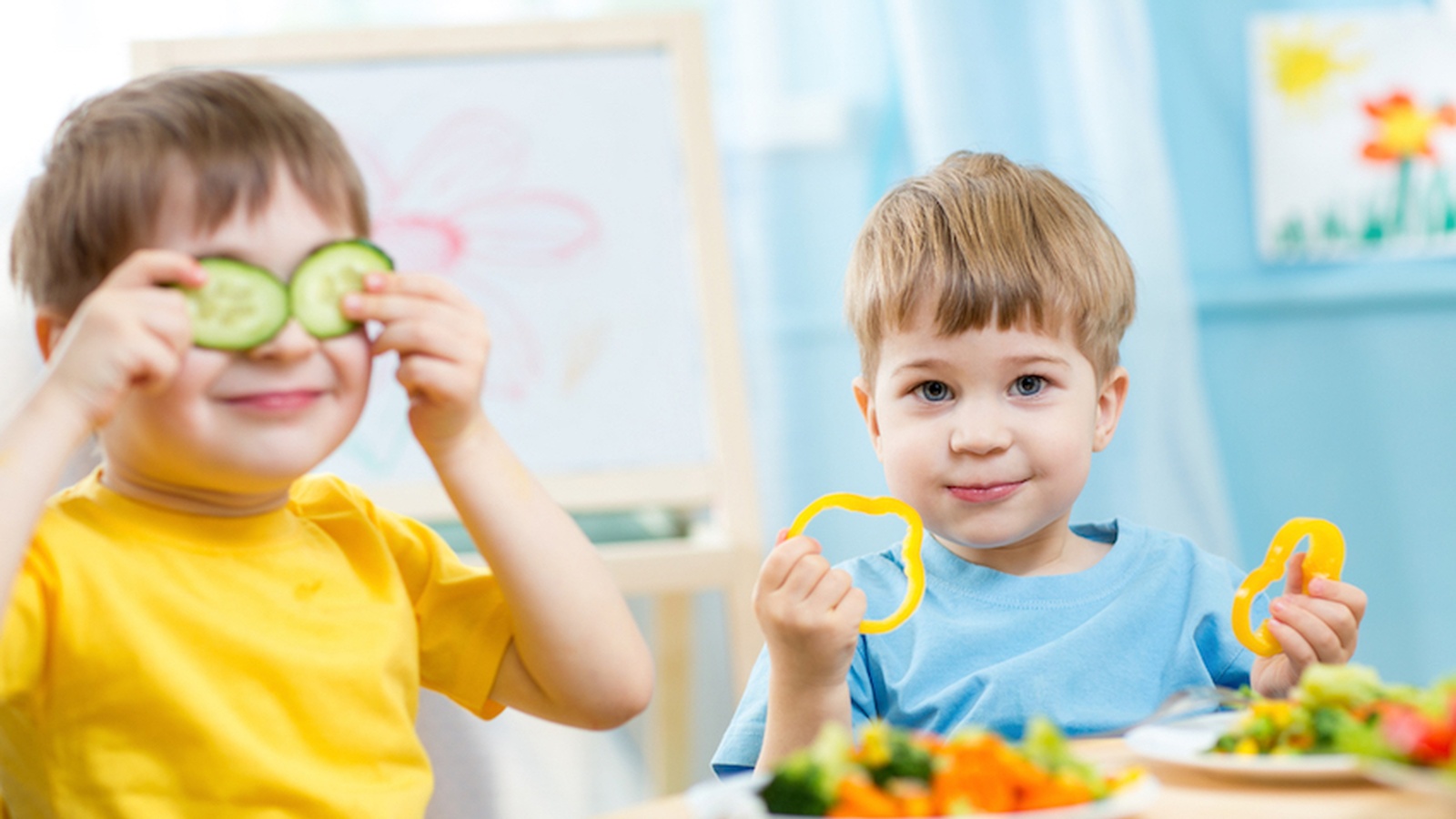5 Steps to Encourage Your Children To Eat Well
Have you ever experienced the struggle of trying to feed your child something healthy and nutritious, only to have them turn their nose up and stubbornly proclaim it to be "yuck", "ewwwie" or "sgusting"? If this scenario sounds familiar, you're not alone! James and I have always been very clear on the types of food we wanted Hugo to eat, and although it has taken a lot of patience and persistence, we've found that encouraging him to eat well has not only been quite achievable, it’s also been a truly rewarding experience for us as parents! Here are a few tips to help you on your journey.
1. The Secret Life of Undercover Veggies
This method is hands-down the easiest way to encourage your kids to eat healthy food. Creating snacks that look and taste delicious but also contain hidden healthy bits is not only effective, it's also pretty fun! Here are a few of my favorite examples with links to the recipes so that you can try them at home.
Chocolate Beetroot Cake - Beetroot in a cake? What? That will never work. Well, guess what? Not only does it work, it also moistens what would otherwise be a potentially dry, gluten-free cake and provides the incredible nutritional benefits of beetroot and cacao all in one delicious package. No hidden nasties!
Zucchini Fritters - The ultimate way to hide some veggies and herbs in a high protein, nutrient dense snack. Most kids love these crispy little treats, and the best thing about them is that you can make a big batch, freeze them, and reheat whenever needed for a quick and easy meal solution!
Berry Goodness Smoothie - One of my favorite ways to disguise leafy greens is by adding them to an otherwise sweet, fruity smoothie! If your child is hesitant because of the slight change in color, just start by adding in small amounts of greenery then gradually increase the dose each time. Believe me, if you're sneaky enough, they won't even have a clue!
2. Peer Pressure
Studies have shown that young children often model their eating behaviors on the behaviors of their peers. When a child who exhibits distaste towards vegetables is consistently surrounded by children who exhibit enjoyment towards eating vegetables, the child who originally had a negative affiliation with that food group was found to be significantly more likely to alter his or her food preferences over a period of time to mirror the behavior of the peers.
The same can be said for a child's home environment. The attitudes of children are strongly influenced by the people they spend the most time around; usually their family. Consequently, eating preferences in young children are often largely determined by the eating preferences of their parents and older siblings. A study published in The American Journal of Clinical Nutrition found that "parental influence had a significant impact on the food selection of young children.
3. Don't Be The Food Police
Pushing kids to consume foods that they hate is a great formula for rebellion, resentment, and disappointment. Instead, try to selectively stock your pantry and fridge with a variety of tasty, whole food options and remove any traces of junk food. That way, each food choice that your child makes inside the home is guaranteed to be a good one! Additionally, they will begin to develop their own preferences towards certain healthy snacks over others, which will leave them with a positive affiliation towards real food!
4. Power To The Little People
With little people, as with bigger people, education is often the most powerful tool in empowering wise decisions and achieving positive outcomes. Try to find ways to engage your kids in making the right food choices by demonstrating to them how each type of food can have either a positive or negative effect on their mood, energy, and overall health.
Learning about nutrition should be fun! One of the most simple ways to help kids form a wholesome relationship with their food is by teaching them to correlate what they eat with how they feel. For example, if they eat something nutritious, try asking them how they feel afterwards and attributing a description to that feeling. For example after a handful of fresh berries they might feel "energized" or "bright". Through this process, your child's brain will begin to create neural pathways that link healthy foods with positive affirmations.
5. Sow, Grow, Pick, Eat
One of the most powerful ways to connect kids with their food is to simply involve them in the process from start to finish - just as mothers and fathers have been doing for thousands of years before us.
If you have room in your yard for a veggie patch (or even just a few pot plants) be sure to involve your children in the gardening process. Give them a sense of responsibility for nourishing the soil, sowing the crops, watering and nurturing the plants, watching them grow and identifying when they are ready to be harvested. There's nothing that is more likely to foster a positive relationship between kids and their food than eating produce that has been freshly picked from their own garden!
There are so many ways to encourage children to eat well and enjoy healthy food. Watching your kids grow up to be strong and vibrant is a beautifully rewarding experience, and you can be proud in the knowledge that you've provided them with the best possible nutritional foundation for their journey!
Do You Have Any Tricks Or Techniques For Keeping Kids Healthy? Share Them With Us In The Comments Below!
Take the stress out of cooking with 21-days of guided meal plans, shopping lists, and nutrition support. You’ll find all of this, and more, in our signature Clean Eating Program.


